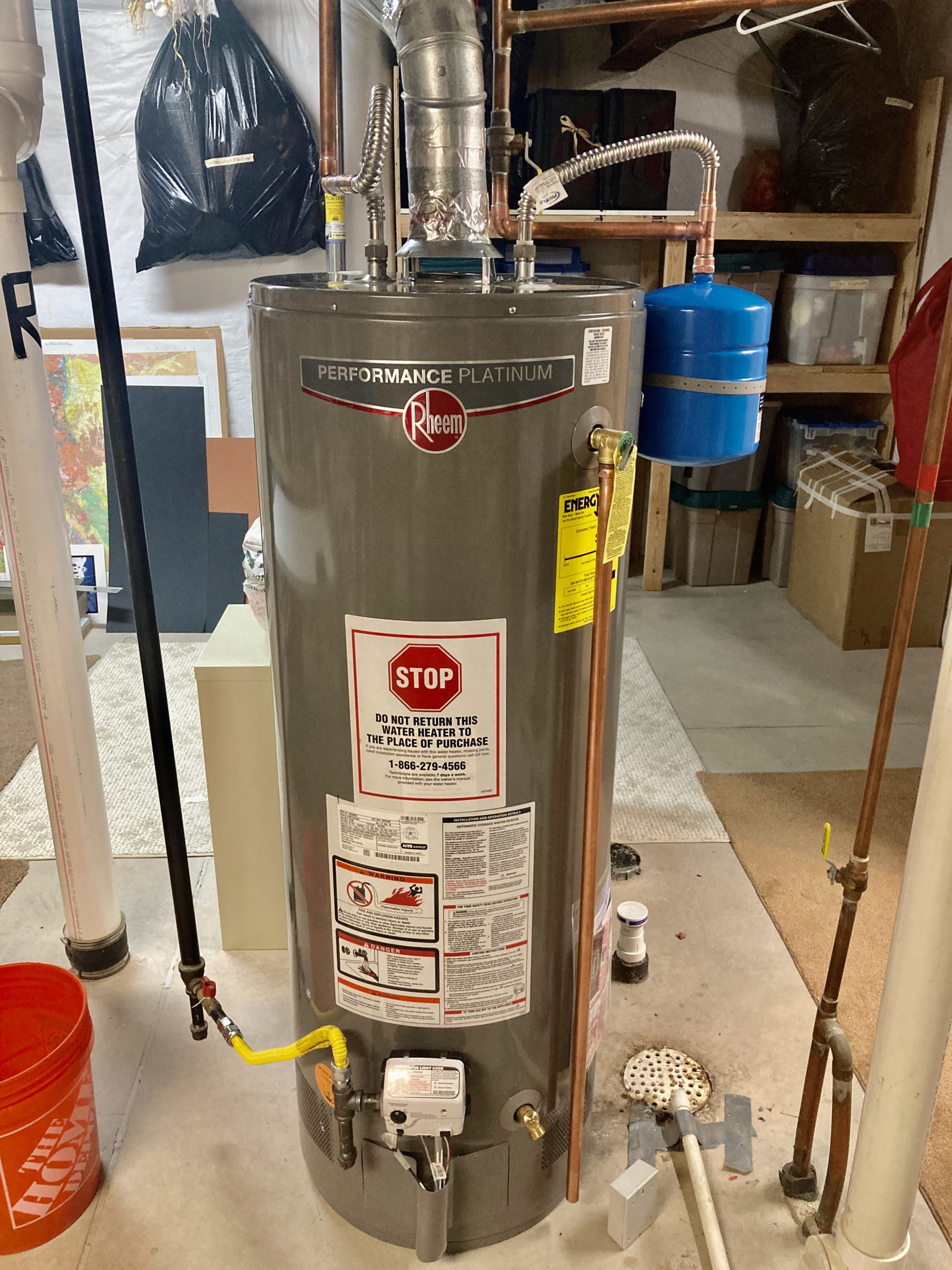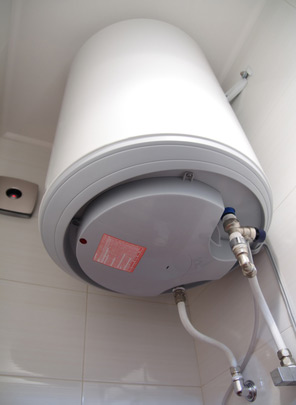Everybody maintains their own unique opinion about Tips on Maintaining a Water Heater.

Hot water is crucial for daily convenience, whether it's for a revitalizing shower or cleaning recipes. To ensure your hot water system runs successfully and lasts longer, routine maintenance is crucial. This post offers functional suggestions and insights on how to keep your home's hot water system to prevent disruptions and pricey repair services.
Intro
Preserving your home's warm water system might seem difficult, yet with a few simple steps, you can ensure it runs efficiently for many years to find. This overview covers whatever from recognizing your hot water system to DIY maintenance pointers and knowing when to call in expert help.
Relevance of Keeping Your Warm Water System
Regular maintenance not only prolongs the life-span of your warm water system however likewise ensures it operates effectively. Ignoring maintenance can lead to lowered efficiency, greater power bills, and also early failure of the system.
Signs Your Hot Water System Needs Upkeep
Knowing when your hot water system needs interest can avoid major problems. Keep an eye out for indicators such as irregular water temperature, odd noises from the heating system, or rustic water.
Comprehending Your Hot Water System
Prior to diving right into upkeep jobs, it's helpful to recognize the standard parts of your warm water system. Normally, this consists of the water heater itself, pipes, anode poles, and temperature level controls.
Regular Monthly Maintenance Tasks
Regular monthly checks can assist catch small issues prior to they rise.
Purging the Water Heater
Purging your hot water heater gets rid of debris accumulation, enhancing performance and extending its life.
Checking and Replacing Anode Rods
Anode rods protect against corrosion inside the tank. Evaluating and changing them when worn out is essential.
Evaluating and Readjusting Temperature Level Settings
Adjusting the temperature settings makes certain optimum efficiency and safety and security.
DIY Tips for Maintenance
You can perform numerous maintenance jobs on your own to keep your warm water system in top problem.
Looking for Leakages
On a regular basis evaluate pipelines and connections for leakages, as these can cause water damages and greater bills.
Checking Stress Relief Valves
Evaluating the stress safety valve ensures it operates appropriately and avoids too much stress build-up.
Insulating Pipelines
Shielding warm water pipelines minimizes warm loss and can save energy.
When to Call a Professional
While do it yourself maintenance is advantageous, some concerns need professional competence.
Complex Issues Requiring Specialist Assistance
Examples include significant leaks, electrical problems, or if your water heater is continually underperforming.
Regular Specialist Maintenance Perks
Expert maintenance can consist of thorough assessments, tune-ups, and making sure conformity with safety and security requirements.
Verdict
Regular maintenance of your home's warm water system is crucial for performance, longevity, and price savings. By complying with these ideas and knowing when to look for specialist help, you can guarantee a reliable supply of hot water without unexpected interruptions.
Water Heater Maintenance Tips
Test the TPR Valve
Shut off the power and the cold-water supply valve. Place a bucket under the pipe connected to the temperature-pressure-release (TPR) valve on the top or side of the tank. (This valve opens if the tank pressure gets too high.) Lift the valve’s tab to let some water out, then let go. If water keeps flowing, drain the tank partway, unscrew the old valve with a pipe wrench, and install a new one. Check the Anode Rod
Put a hose to the tank’s drain cock and let out a few gallons of water. Now fit a 1 1/16-inch socket onto the rod’s hex head on top of the heater (or under its top plate) and unscrew the rod. If it’s less than ½ inch thick or coated with calcium, buy a new one, wrap its threads with Teflon tape, put it back in the tank, and tighten securely. Use this segmented rod if headroom above the tank is limited. Drain the Tank and Wash Out Sediment
Drain the remaining water in the tank into the bucket, then stir up the sediment on the tank’s bottom by briefly opening the cold-water supply valve. Drain and repeat until clean water comes out of the hose. Close the drain cock, refill the tank, and turn its power back on. Adjust the Temperature
Find the temperature dial on the side of the tank and unscrew its cover. Adjust the dial to 120 degrees using a flathead screwdriver. For every 10 degrees the temperature is lowered, you can expect to save up to 5 percent in energy costs. Turn the water heater off or the thermostat down to its lowest setting if you plan to be away from home for more than three days. Insulate the Pipes
Buy some self-sticking 3/8-inch-thick foam pipe insulation that matches the pipes’ diameter. Slide the foam over the hot-and cold-water pipes as far as you can reach. Insulating the cold-water pipe prevents condensation in summer. Peel the tape and squeeze the insulation closed. If the pipe is 6 inches or less from the flue, cover it with 1-inch-thick unfaced fiberglass pipe wrap. https://www.thisoldhouse.com/plumbing/21016402/how-to-maintain-a-water-heater

We are very involved in Water Heater Maintenance Tips You Can't Afford to Forget and I'm hoping you liked the new blog entry. Sharing is nice. Helping people is fun. I enjoy your readership.
Go Services